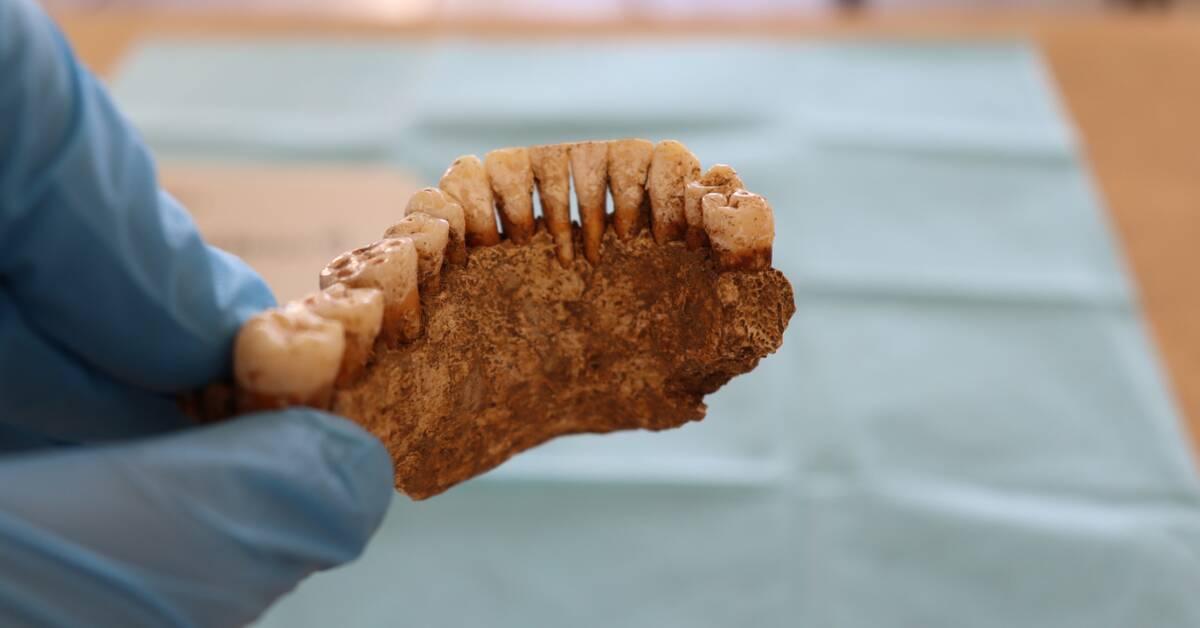Bacteria are everywhere.
In the air, on plants and not least everywhere in and on the human body.
The little friends help us keep nasty viruses away, break down food and maintain a well-functioning intestinal flora.
A collection of bacteria and other microorganisms is called the microbiome.
Plaque on the teeth consists of bacteria, and is therefore an effective material to research.
Old teeth – new knowledge
Now a research team in Italy has examined plaques from 76 different skeletal finds found in central and eastern Italy.
The finds are between 4,000–30,000 years old.
By analyzing genetic mass in the plaque, the researchers can see what kind of microbiome the people had in them when they were alive, and thus see what kind of food they ate.
- The composition of the microbiome changed in the transition between hunter-gatherer culture and farming society.
It was a kind of gradual adaptation, rather than an abrupt change, says the anthropologist Martina Lari, who is one of the researchers behind the study.
The result was published in the scientific journal Science.
From berries to bread
For a long time in human history, we ate what we found in nature.
It mainly involved meat, eggs, berries, fruits and nuts.
When we started farming and keeping livestock, about 10,000 years ago, carbohydrates and dairy products were introduced in the form of bread, porridge and milk.
The microbes added during this time were adapted to the new diet.
We still have some of them today.
- These microbes do many different things.
This can include breaking down carbohydrates and alcohol.
Or make it possible to break down milk sugar in adulthood, says Anders Götherström.
The bacteria teach us about our past
The microbiome adapts to its surroundings and can therefore be considered a reflection of the environment it is in. As DNA technology improves, it is possible to extract more and more information from the microbiome, which in turn allows us to learn more about the past.
- It was not possible to do this ten years ago.
But we are many researchers who work with similar techniques now, both in Stockholm and around the world, says Anders Götherström.

